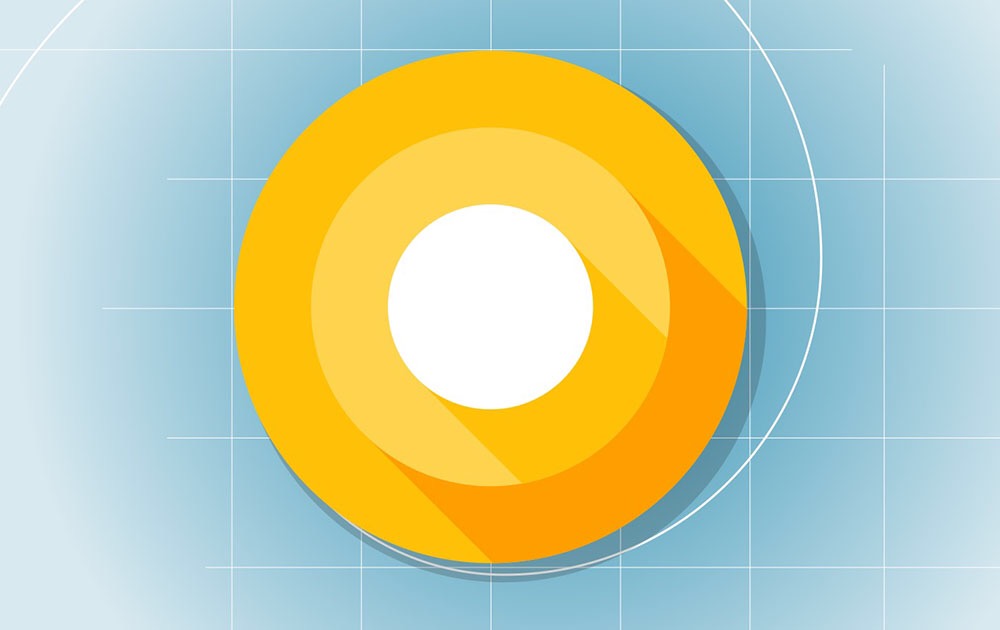Out of nowhere, Google released the first Developer Preview for Android O today. Although this is the first developer preview, it is still very exciting. If you are interested in what’s new with Android O, read on.
According to Google’s overview of this build, the Android team is approaching new ways for developers and users to interact with notifications (Notification Channels), a picture-in-picture mode, many battery usage improvements, adaptive icons, font resources in XML, plus a whole lot more.
Picture-in-Picture (PIP)
Exactly like you find on Android TV currently, PIP mode for Android O allows users to maintain a view on select media, such a video, while still doing other things. For example, you can be watching a video, then open up another app to get some work done, but still have a window with that same video open and playing. Essentially, it’s a tweaked multi-window experience specifically for video-focused applications.
Notification Channels
For Android O, notification channels are app-defined categories for notification content. Basically, these channels will allow developers to provide users more control over different kinds of notifications. According to Google’s changelog, “Users can block or change the behavior of each channel individually, rather than managing all of the app’s notifications together.”
Android O also adds new visuals and grouping actions to notifications that make it easier for users to see what’s going on when they have an incoming message or are looking at the notification shade.
Adaptive Icons
For Android O, icons are getting a big custom boost, perfect for those looking to set a particular look. Stated by Google, developers can create adaptive icons that the system can display in different shapes based on a mask selected by the device. We’ve seen implementations of this from companies such as Samsung, but with it being native to Android now, users should see much better control and options. Furthermore, the system animates interactions with the icons, like in the launcher, shortcuts, settings menu, sharing dialogs, and in the overview screen.
![]()
Background Limits
Google’s mission to make better use of a phone’s battery is continuing with Android O, with the implementation of additional automatic limits on what apps can do in the background. Specifically, three main areas are being worked on: Implicit broadcasts, background services, and location updates. According to Google, “These changes will make it easier to create apps that have minimal impact on a user’s device and battery. Background limits represent a significant change in Android, so we want every developer to get familiar with them.” For consumers, that simply means we may not need to worry about certain apps killing our batteries in the background like we have done over the years.
Autofill APIs
Android O is including platform support for autofill, the thing that lets you fill out data and transaction forms quickly. To start, you will select an autofill application, much like you would a keyboard application. That selected autofill app stores and secures your data (addresses, names, passwords, etc.), then when needed, users can select the proper autofill option. Think of it like Chrome’s autofill, but for your entire smartphone.
High-Quality Bluetooth Audio Codecs and Connectivity
Android O and audiophiles should be a perfect match, with Google detailing support for high-quality Bluetooth audio codecs, such as the LDAC codec. As stated by Google, “We’re also adding new WiFi features as well, like WiFi Aware, previously known as Neighbor Awareness Networking (NAN). On devices with the appropriate hardware, apps and nearby devices can discover and communicate over WiFi without an Internet access point. We’re working with our hardware partners to bring WiFi Aware technology to devices as soon as possible.”
The big question on everyone’s lips though, is what will the ‘O’ stand for? My money is on Oreo.
Source: [Droid-Life]





